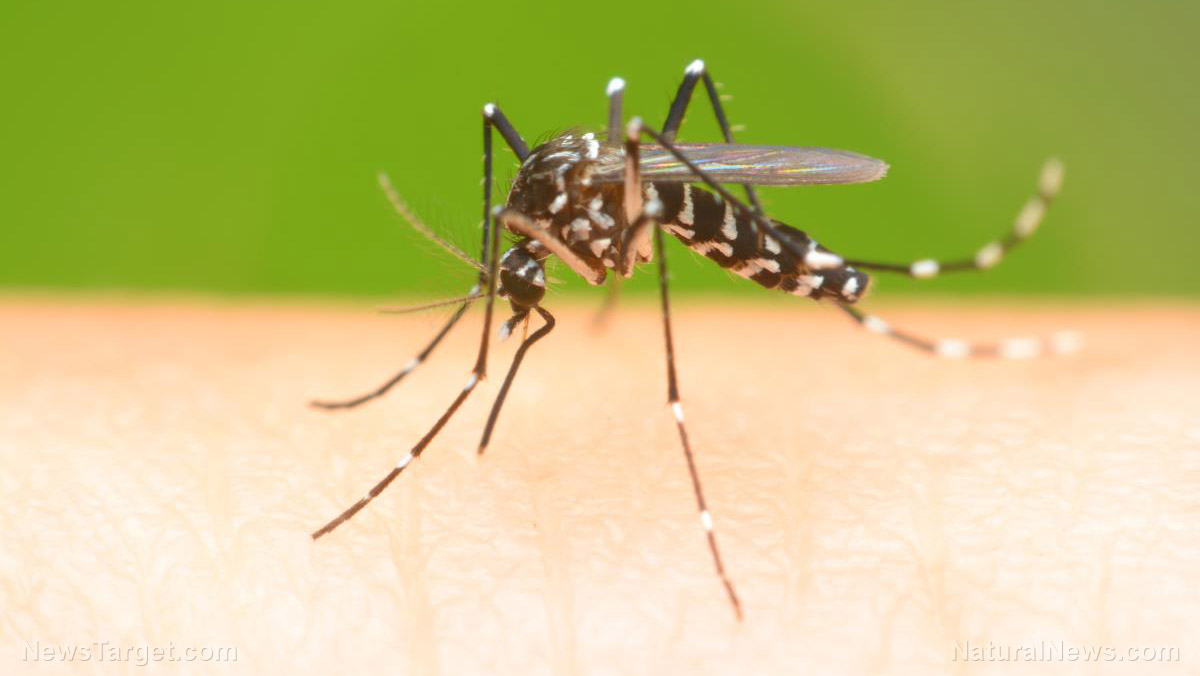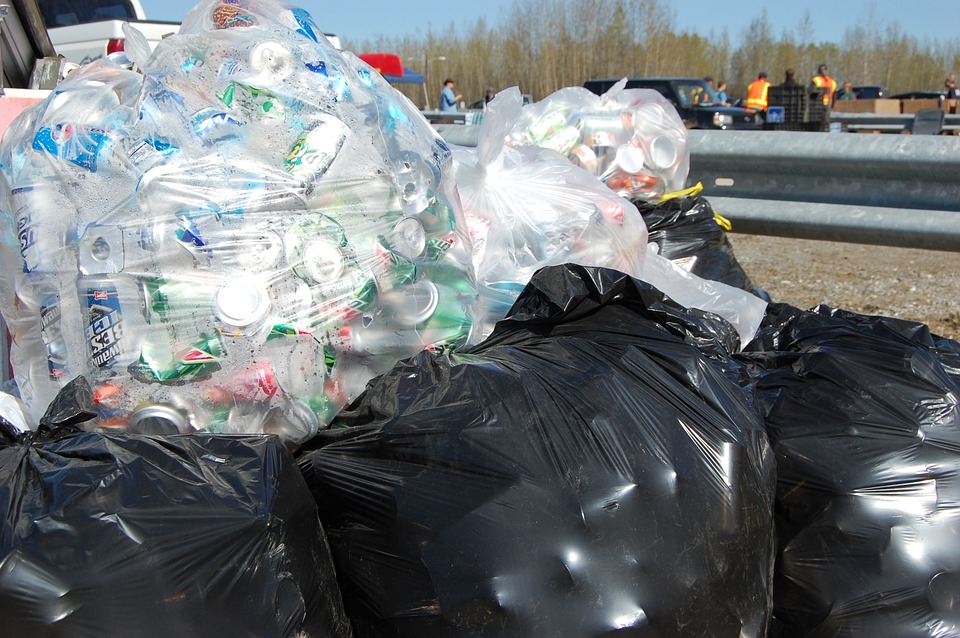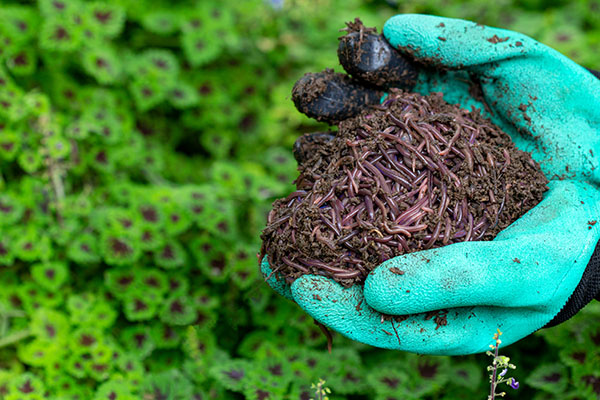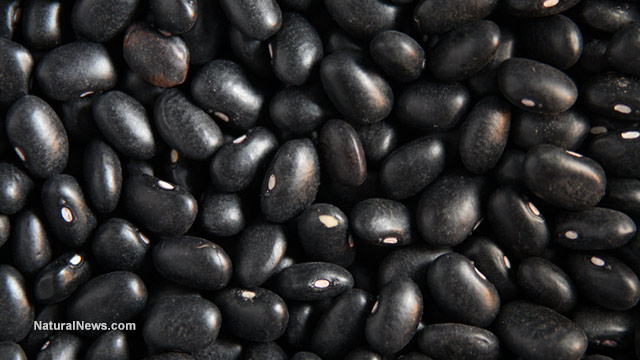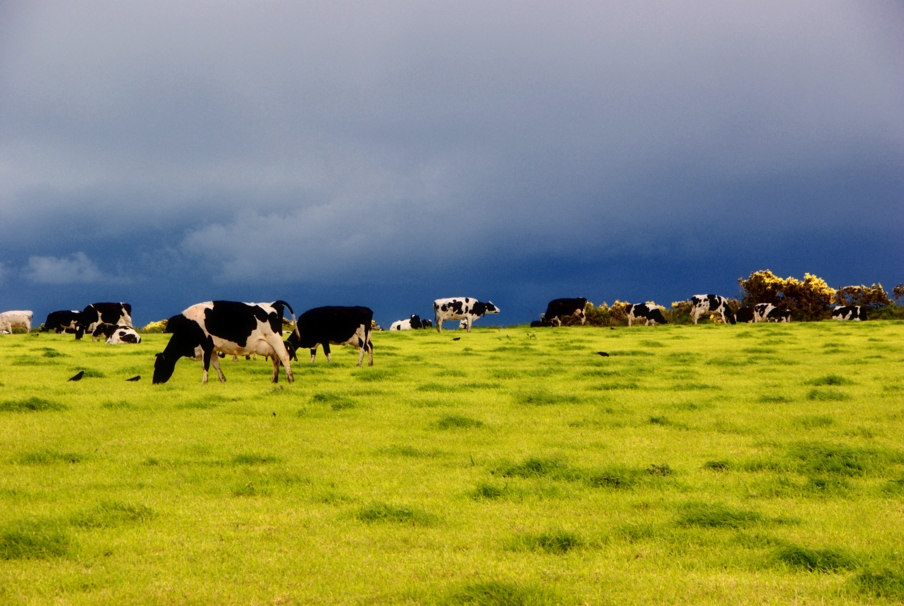EPA approves chlormequat chloride pesticide for wheat, barley and oat crops, putting human and mammalian reproduction at risk
05/12/2023 / By Lance D Johnson

The Environmental Protection Agency (EPA) is facilitating a new chemical experiment across wheat, barley and oat crops in the United States. For the first time ever, the EPA approved widespread application of chlormequat chloride — a pesticide/growth retardant that has a toxic profile for birds, mammals, and human reproduction.
According to the National Institutes of Health, chlormequat chloride was listed in the EPA’s Extremely Hazardous Substances (EHS) Chemical Profiles and Emergency First Aid Guides back in 1998. It is listed as an organic chloride salt and a quaternary ammonium salt that “appears as white crystals with a fishlike odor.” The chemical functions as a growth regulator, forcing plants to produce sturdier, thicker stalks. The chemical will disrupt hormones and change the growth patterns of the plants, limiting the bending and breaking of the grain stalks.
Chlormequat harms fetal and postnatal development, fertility
Since 1962, chlormequat chloride has been used in greenhouses to control the growth of ornamental flowers and boost their continuity, but it has been restricted from widespread use on food crops, due to its toxic profile. Now, it will be used across the agricultural sector to boost wheat, barley, oat, and triticale production in the US, but this will come at a cost for both ecology and human health.
Dr. Phil Landrigan, a professor of public health and epidemiologist at Boston College, called out the EPA for failing to execute their “legal duty to protect infants and children against the toxic effects of pesticides.” Landrigan said the EPA “appears not to have taken that responsibility seriously.” Chlormequat residues will now multiply in the food supply and contaminate the groundwater.

Studies show that the chemical stunts more than just plant growth. A peer reviewed study found that rats exposed to the chemical have offspring with serious growth problems at the embryonic stage and in postnatal development. The chemical disrupted key hormones and caused the offspring to have increased head length, decreased body fat percentage, hypoglycemia, hyperlipidemia, and hyperproteinemia. The EPA’s own human health risk assessment found the chemical to have neurotoxic effects in rats, mice, and dogs. A Danish study documented serious reproductive health problems in swine that were fed wheat treated with chlormequat at levels lower than what is currently considered safe for humans.
Chlormequat use will increase 28,000-fold in the US and pollute cereal grains
The Center for Food Safety (CFS), a public health advocacy group, estimates that the EPA’s approval of chlormequat will increase its use by 28,000-fold across the American food supply. The newly-targeted crops are used to produce different kinds of cereal and make up a significant portion of a child’s diet. Over time, exposure to chlormequat residues could have a profound effect on children’s growth and hormonal development. “There appears to be evidence for developmental and reproductive toxicity,” Landrigan said of chlormequat research. “Some little kids will spend a year of their life eating mostly a Cheerio diet. That’s what kids do. And in the end, the children who happen to be eating that atypical diet are the ones who are really heavily exposed.”
The pesticide industry effectively pressured the EPA into giving the approval. In fact, the EPA issued the new rules for chlormequat after they were petitioned by Taminco US LLC, a subsidiary of Eastman Chemical Company, which is the manufacturer of chlormequat-containing pesticides.
Taminco’s 2021 petition asked the EPA to establish a new residue tolerance of 8 ppm for barley. In 2023, Taminco put more pressure on the EPA, asking the agency to establish new tolerances for oats at 40 ppm and for wheat and triticale grain at 5 ppm. Prior to the new rule, the EPA maintained pesticide residue levels for imported wheat barley at oats at 3 ppm, 2 ppm and 10 ppm, respectively. Other industry pressures are coming from The National Association of Wheat Growers and the National Barley Growers Association. Both Associations sent public comments to the EPA, pushing for expedited action on the chemical’s approval, so the industry can increase yields and reap economic advantages.
Sources include:
TheNewLede.org [PDF]
TheNewLede.org [PDF]
Submit a correction >>
Tagged Under:
This article may contain statements that reflect the opinion of the author



